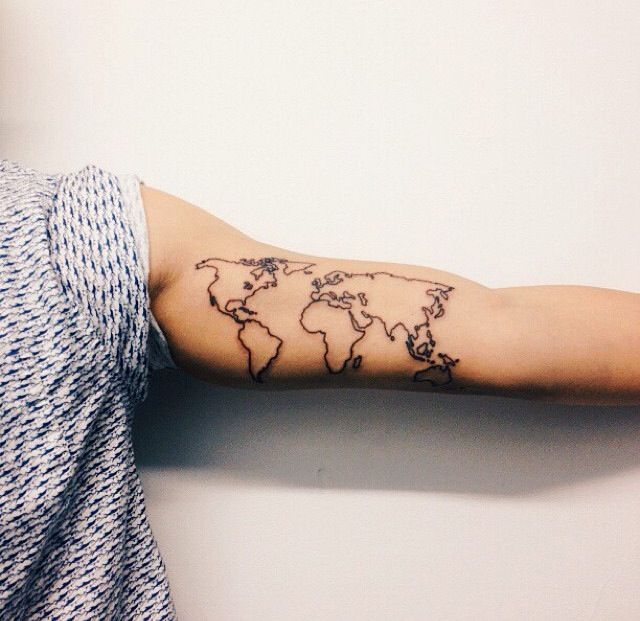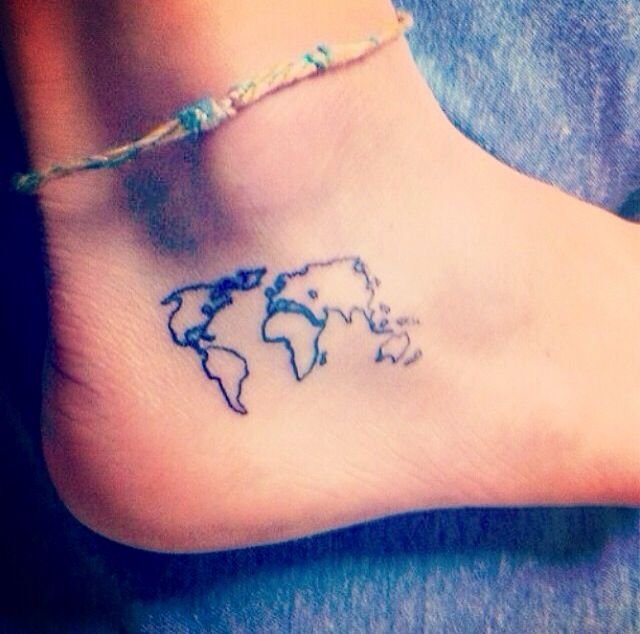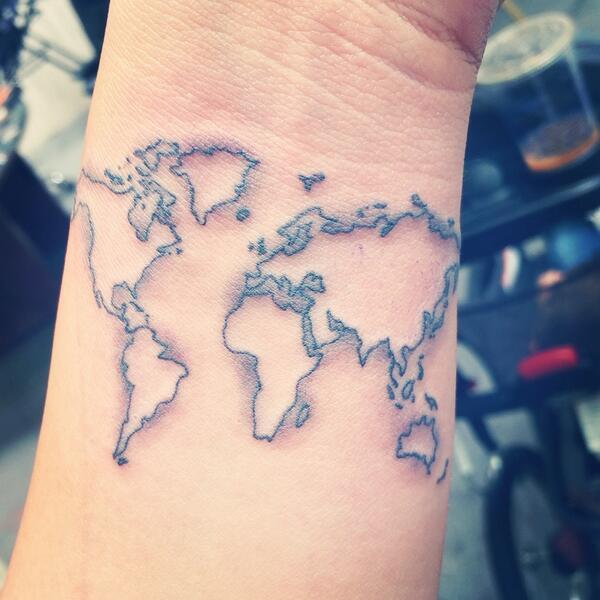The word tattoo, or tattow in the 18th century, is a loanword from the Samoan word tatau, meaning "to strike". The Oxford English Dictionary gives the etymology of tattoo as "In 18th c. tattaow, tattow. From Polynesian (Samoan, Tahitian, Tongan, etc.) tatau. In Marquesan, tatu." Prior to the importation of the Polynesian word, the practice of tattooing had been described in the West as painting, scarring or staining.The etymology of the physique modification term is not to be confused with the origins of the word for the military drumbeat or overall performance — see military tattoo. In this case, the English word tattoo is derived from the Dutch word taptoe.The first written reference to the word tattoo (or tatau) seems in the journal of Joseph Banks (24 February 1743 – 19 June 1820), the naturalist aboard explorer James Cook's ship HMS Endeavour: "I shall now mention the way they mark themselves indelibly, every single of them is so marked by their humour or disposition".[5] The word tattoo was brought to Europe by Cook, when he returned in 1769 from his 1st voyage to Tahiti and New Zealand. In his narrative of the voyage, he refers to an operation known as "tattaw".
Tattoo enthusiasts could refer to tattoos as "ink", "pieces", "skin art", "tattoo art", "tats" or "work"; to the creators as "tattoo artists", "tattooers" or "tattooists"; and to places exactly where they perform as "tattoo shops", "tattoo studios" or "tattoo parlors".Mainstream art galleries hold exhibitions of both conventional and custom tattoo styles, such as Beyond Skin, at the Museum of Croydon. Copyrighted tattoo designs that are mass-developed and sent to tattoo artists are identified as "flash", a notable instance of industrial design and style.[8] Flash sheets are prominently displayed in many tattoo parlors for the objective of offering both inspiration and prepared-produced tattoo pictures to clients.
The Japanese word irezumi means "insertion of ink" and can imply tattoos utilizing tebori, the conventional Japanese hand technique, a Western-style machine or any approach of tattooing employing insertion of ink. The most common word used for conventional Japanese tattoo designs is horimono. Japanese may use the word tattoo to mean non-Japanese styles of tattooing.
Related Images with TravelTattoo: tatuaże symbolizujące zamiłowanie do podróży wzoryDzielnica Stylu – zdrowy styl
Black Outline World Map Tattoo On Bicep

40+ Travel Inspired Tattoos for the Wanderer in You

Le top des tatouages quot;carte du mondequot;
Mini Tattoos on Twitter: quot;Mini map tattoo http://t.co/AcSe1BwjdKquot;

thank you for visiting this site post about worldwide tattoo, i hope you enjoy it.



Post a Comment
Post a Comment